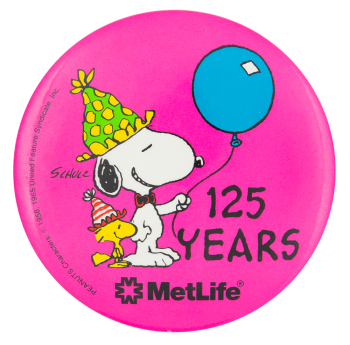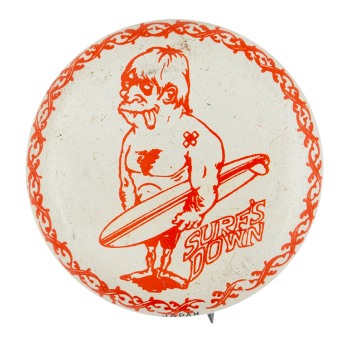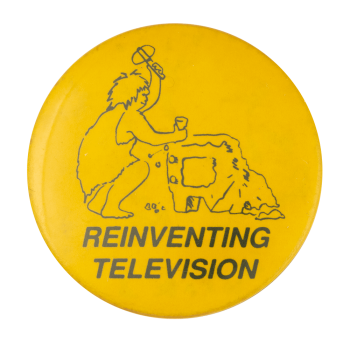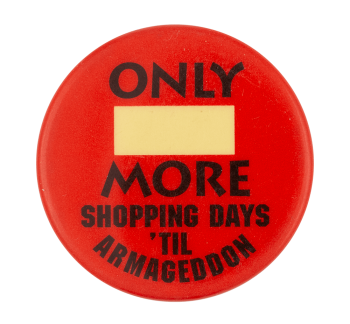America's Bicentennial Census
| Category | |
|---|---|
| Additional Images | |
| Sub Categories | |
| Text on Button | America's Bicentennial Census 1790-1990 200 Years of Census Taking |
| Image Description | Blue and red text on a white background |
| Back Style | |
| The Shape | |
| The Size | |
| Year / Decade Made | |
| Additional Information | "America's Bicentennial Census" was conducted in 1990 by the American Census Bureau and marked 200 years of census taking in the United States. This was the 21st decennial census taken and it determined that population of the United States at that time was 248,709,873. The census of population and housing is mandated by the Constitution and is used to determine representation in the United States government. The long form of the census, sent to 1 in 6 households, gathers more detailed information and is used to determine funding for a variety of government programs. |
| Catalog ID | EV0784 |




















